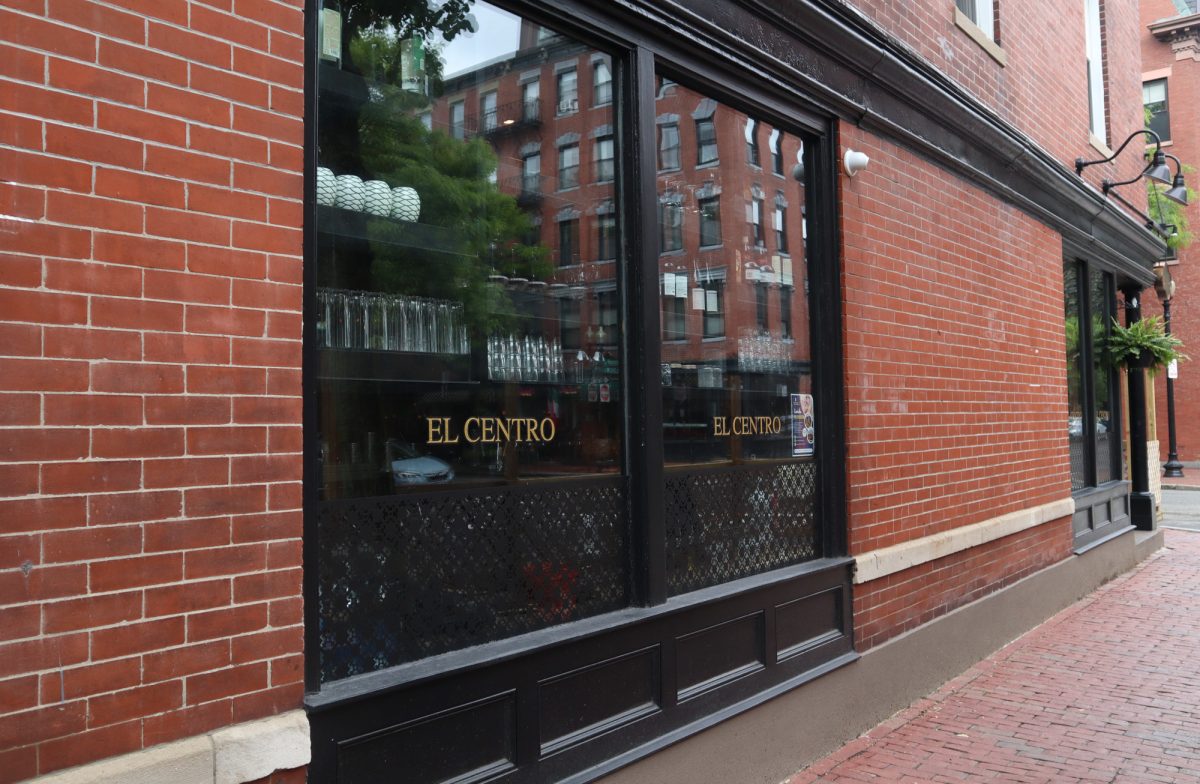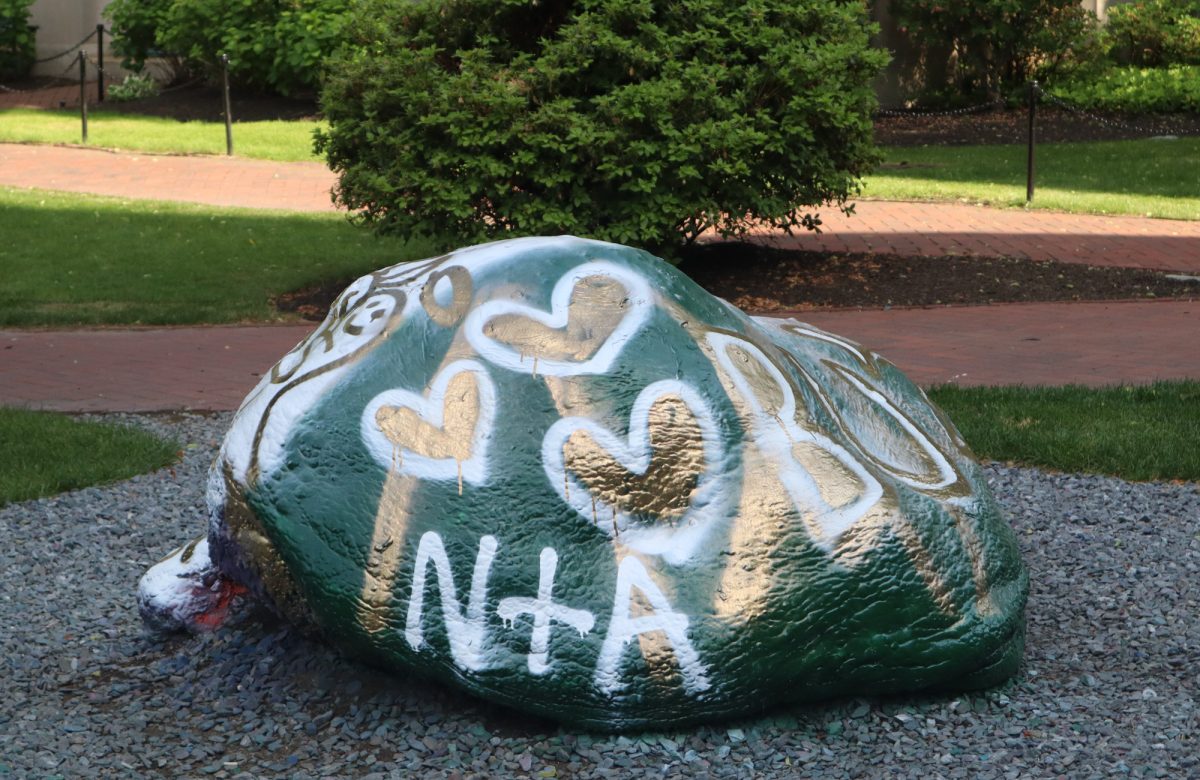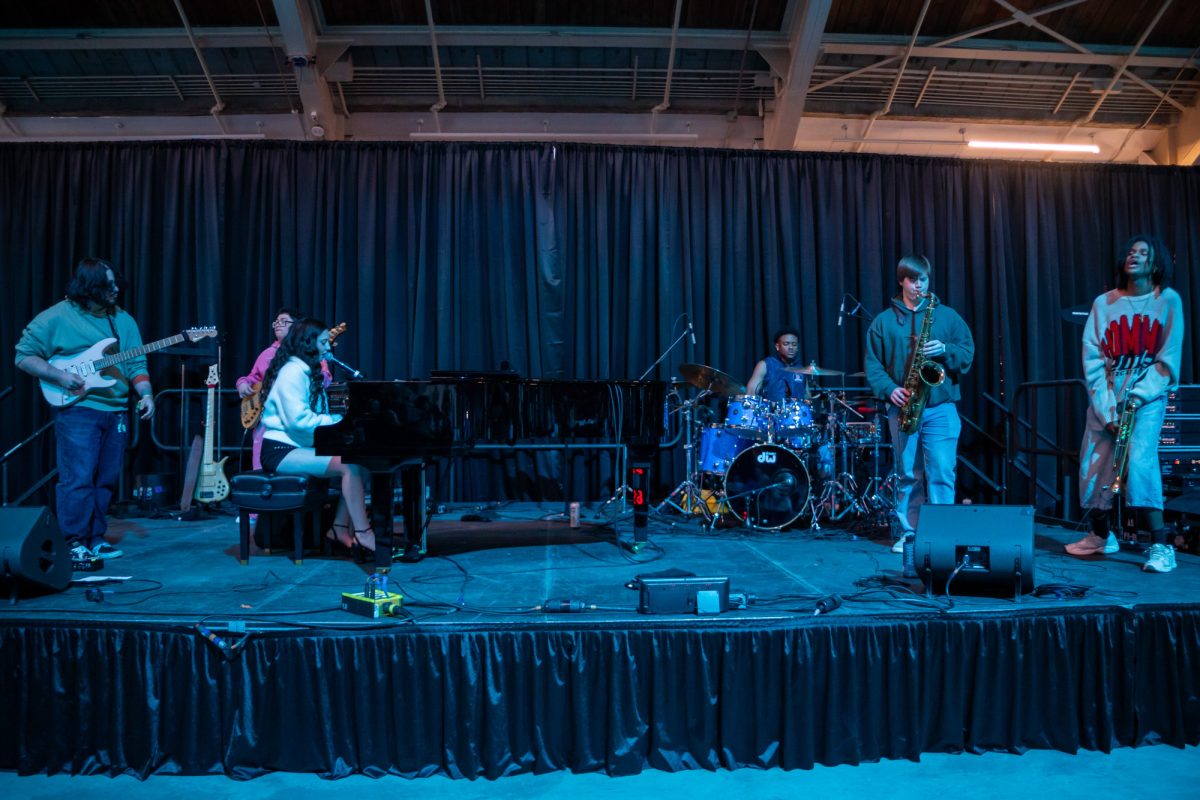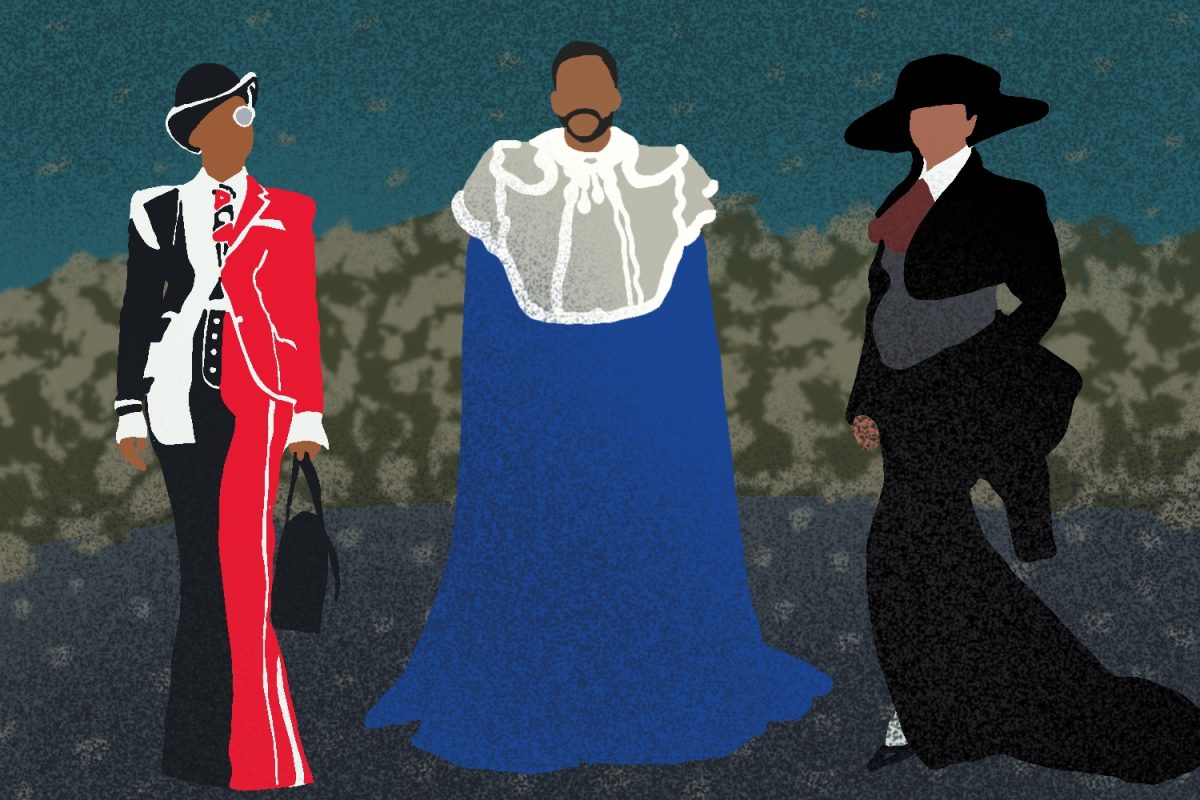An unsuspecting Phineas Gage bore the brunt of his own mechanical error in 1848 when a tamping iron he left unsteadied rubbed against a rock, causing an explosion that propelled the three-foot rod through the railroad worker’s cheek, careening through his skull and brain before finally settling in a small patch of sand 30 yards behind him.
Though Gage’s skull was broken and his brain was torn apart, he suffered only a few moments of unconsciousness and was up and moving as though nothing had happened. A few months later, he felt ready to return to work, but was not the same. His personality had changed, his temper was short and he was perpetually anxious. Contractors felt he was a liability and would not let him return.
Twelve years later, Gage died of an epileptic seizure.
His skull, the manifestation of centuries of neurological mystery, remains, along with the rod that destroyed it, hidden alongside the curved legs and misaligned feet of a skeleton of a woman with rickets and a plastered cast of a six-toed foot on the fifth floor of Harvard’s Countway Library of Medicine.
The Warren Anatomical Museum in Roxbury, which occupies the entire fifth floor of the library and is frequented by professors, their pupils and textbook researchers alike, is home to 18th and 19th century medical oddities in the heart of Roxbury’s hospital district.
Curator Dominic Hall, who has maintained the museum for the past few months, said the curious collection was founded in 1847 by a Harvard professor using, fittingly, a $5,000 railroad stock.
“Dr. John Collins Warren was a large local figure,” Hall said. “His whole family donated a personal collection of specimens to teach medical students. That was the primary goal through the vast majority of its founding, and it still is.”
Though Warren was able to get his hands on Gage’s skull some years later, Hall said the museum has not collected in decades, but said the spirit for which it was founded – a backbone of neurological studies – is still strong.
“A lot of people come to look at specific things, but for other people, it gives them a good illustration of 19th century medicine, and they find it pretty fascinating,” he said.
Skulls and Limbs of All Shapes and Sizes
Hall said in addition to the display of Gage’s skull and the iron rod, which he said is overwhelmingly the most popular part of the museum, casts of heads with thick black lines drawn on them, sectioned off with numbers and adjectives, are an entertaining throwback to professors who now find the science moot and outdated.
“Phrenology — it’s a pseudoscience. It’s the study of matching different bumps on the head to a map of a person’s personality,” he said.
Hall said phrenologists determined whether a person could be predestined to become a talented poet, have an inherent desire to reproduce or be prone to study and follow strict religious practices examining the location of bumps on the individual’s head. Scientists also claimed they could observe personality traits like whether a person had a sarcastic tone or the level to which they loved their children.
Along the same freshly polished shelf as the casts lies the first object used to render a patient unconscious during surgery — a rounded glass bottle with two opened spouts lined with a brown ether-soaked sponge.
Hall said Massachusetts General Hospital, down the street from the museum, was home to the first surgery for which a dentist effectively removed a tumor from a man’s neck after anesthetizing him with the “ether dome.”
Beside the case is a collection of Civil War tools used to amputate gangrenous limbs and the emerald plush-lined cases that held them, which later proved to harbor contaminants. According to the exhibit, limbs were tied shut with horse hair or cotton thread after surgery for soldiers, whose only defense against pain was blood loss.
Across the single, balconied room lies a dried, deformed hand, the arteries of which were injected with hot red wax, perched on a black stand with an ambiguously labeled and equally crimson “Red 348” to distinguish it from a model of a gangrenous arm beside it and a pair tuberculosis-stricken lungs, lined with pus and surrounded by frozen, atrophied muscles.
An Enduring Resource for Research-and Curiosity
Faye Chao, a Harvard Longwood psychiatry resident, and five of her colleagues entered abruptly Monday, breaking the silence of an otherwise motionless room, seemingly waking the limbs and organs of the severed bodies that surrounded her.
Chao, who gives tours of the emergency rooms in the surrounding Childrens’, Beth Israel Deaconess and Mass. General Hospitals, said Gage’s skull, to which the group flocked immediately upon entering, is of particular relevance because of its fundamentality in any studies involving the brain and behavior.
“It’s the first time it was definitively shown that damage of the brain can lead to a change in personality,” she said. “Anyone in medicine or psychology learns about it.”
Breaking the stereotype of the rigid and stoic doctor’s demeanor, Chao said she also has a long-lived appreciation for Dr. Smellie’s Scissors, one tool in a set of historic surgical devices because mentioning the name always makes her laugh out loud.
While Harvard neuroscience professor Dr. John Dowling said the exhibits fascinated him 60 years ago as a student at the school, professor of neurosciences Dr. Clifford Saper said his first instinct when students visit today is to send them directly to Warren Anatomical to see Gage’s skull.
Dr. Mary Loeken, a research investigator for stem cell biology, said the museum has helped her with personal research and beyond.
“I do research on the molecular causes of congenital defects resulting from diabetic pregnancy,” Loeken said. “I am interested in the history of medicine and how different technological advances or knowledge affected instrumentation, but I have also taken my children to the exhibit, after one of them read a book about Phineas Gage.”
Loeken said the museum is important in modern practical medicine because its history of unusualness is significant in continued studies.
“There are many pathological specimens from diseased, malformed, or injured individuals that serve as a reminder of the suffering and impact of disease, malformation, and injury on human beings,” she said. “It is very interesting to observe how physicians and scientists at earlier times devised instruments or methods to treat or image disease and pathology.”
Adam Gaffin, creator of “Bizzaro Boston,” a website designed to offer alternative sights for visitors to the city, said aside from medical significance, the museum serves as pure entertainment.
With destinations including Boston’s infamous Great Molasses Flood and the “Skinny House” on Hull Street, Gaffin said the criteria of the site is to offer “Anything that makes you go ‘yuck’ or “huh,'” and said Warren Anatomical does both.
“It’s another one of those quirky things that makes Boston the unique city it is,” he said. “It’s definitely an oddity — If for no other reason than it has the skull of the guy who had a crowbar jammed through his head.”




















































































































